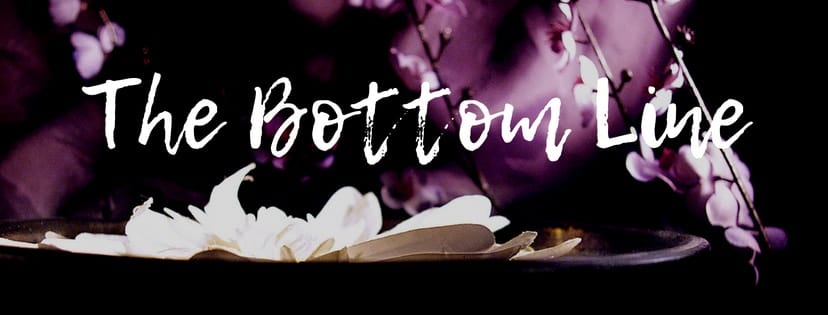Are You Navigating the Debt Trap?
Let’s talk about the “D” word as a business owner.
On a recent Zen Money Monday podcast, I talked about navigating the Debt Trap.
Did you know that a 2016 Experian study showed that the average small business owner carries some $195,000 in debt?
Since that’s an average, consider how much many people owe to counter balance those of us who don’t carry any. It’s kind of staggering when you stop to think about it.
Normal business activities are often helped by access to debt vehicles like credit cards, lines of credit, and business loans.
However, time and again I see people overspending, especially in the early years, and then finding it difficult to break that cycle. When that happens, regardless of how much money is coming in the door, the business owner is living on borrowed time (and money).
It’s an incredibly easy situation to get into these days, with easy credit and limited financial education.
I’m not saying this to make you feel uncomfortable. Far from it. There are very reasonable realities for carrying debt in your business.
But if you’re finding it hard to catch back up after taking on debt – credit cards, loans, etc. – then let’s talk about how to get yourself and your biz back on track…
Here are steps to consider if you want to clean things up for the long haul:
1. Map your debt.
List out all of your debts, including credit cards or loans, including each interest rate. (Don’t know? Check your initial loan documents or log into your credit card to find your monthly rates.)
2. Leverage your payments.
You’re already paying something just to carry your debt. Whether that’s $50 a month or $500 a month, we can be proactive about it. Add up everything you’re paying monthly now and make sure you’re covering your minimum payments at the very least. (No need to add late fees on top of everything else). Know what your total is? Great! Now ask yourself if you can throw a little extra cash on top of that. Even an extra $20 a month will help. Add an additional money to your highest loan or credit card balance first. Once that balance is paid, transfer those dollars to the next highest card or loan, and so on until your debt is paid off. (This is called creating a “debt snowball.”)
3. Watch your expenses.
This only works if, in addition to throwing as much cash as possible at our debts, we also stop overspending. Cutting out any spending that isn’t 100% necessary to push your business forward will free up money you can put towards debt. You can review what you’re spending in your business and your personal life to really make the most of this.
4. Manage your financial equation.
Remember that the math in your business works like this: Income – Expenses = Profit. And it’s from that profit bucket that we can pay ourselves, pay our taxes and pay down any outstanding debt. So if we reallocate funds from business expenses and our take home, then we can pay our debt faster.
5. Boost your sales.
The quickest way to deal with debt is to bring more money in your door…as long as you maintain your frugal spending and put those extra dollars towards your current balances. (Obviously, if we simply spend more when we make more, we won’t shift our debt reality much.) This may feel easier said than done, but if you know your baseline needs, then every extra dollar (or dollar minus taxes) can go toward paying your debt down.
Much like beginning a new diet or dropping an unhealthy habit, re-orienting ourselves to deal with our debt can feel painful.
However, like any life-changing transition, it can quick become a new, exciting accomplishment.
And once your debt is paid off, a next great step is to take those funds that previously went to paying down debt and begin creating a cash buffer for your business so you can more easily ride out times of uncertainty or typical economic ups & downs. It’s also great to allocated monies toward personal savings, like retirement, which many of us put on the back burner as we focus on growing our businesses.
So many people I know struggle with their debt. Sometimes the sheer amount can be overwhelming, so we tuck all thoughts of dealing with it away and carry constant underlying stress around as a result.
If that feels familiar, ask yourself this: Wouldn’t it feel amazing to be debt-free and feeling far more in control of your financial future?

Bottom Line
Dealing with debt doesn’t have to be emotionally charged and it doesn’t have to last forever. We just need to create a plan to manage it and stick to that plan. It’s not always fun, but I can tell you from personal experience that it’s well worth the effort.
Here’s to cracking your financial code!
And if you’re ready to really start mapping out your version of Zen Money, check out this cool new way to put your financial style to work and streamline your business!
What's Your Zen Money®
Financial Archetype?
Learn more about your unique money management style and get immediate, actionable tips to improve your financial flow.

